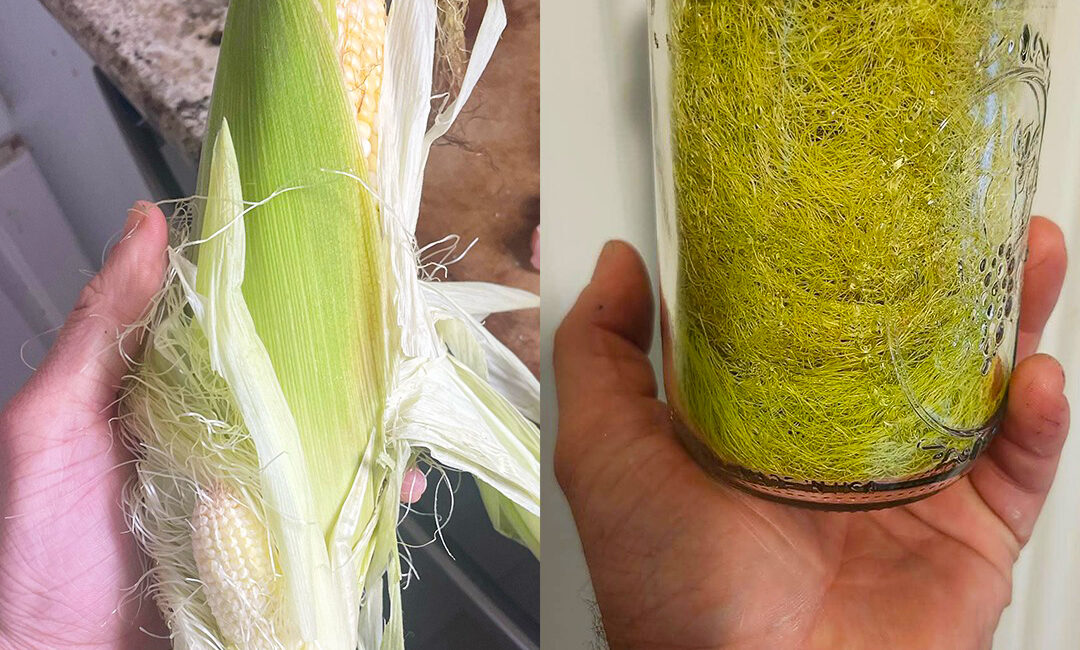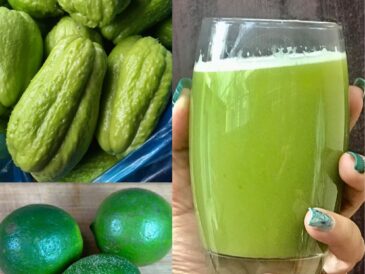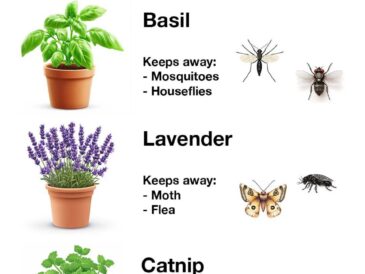High CPC keyword: liver detox support
8. Supports Weight Loss Goals
As a mild diuretic and metabolism booster, corn silk can:
- Reduce water weight
- Improve digestion
- Suppress appetite when taken before meals
High CPC keyword: herbal weight loss remedy
9. Improves Skin Health
Thanks to its allantoin content, corn silk can be used topically or internally to improve:
- Acne
- Eczema
- Psoriasis
- Wound healing
High CPC keyword: natural skincare ingredient
10. Anti-inflammatory Properties
Corn silk reduces internal inflammation that contributes to:
- Joint pain
- Arthritis
- Autoimmune conditions
- Gut inflammation
High CPC keyword: herbal anti-inflammatory supplement
11. Improves Digestive Health
Its mild laxative effect and fiber content support healthy bowel movements and a balanced gut microbiome.
High CPC keyword: natural digestive aid
12. Balances Hormones
Corn silk may modulate the endocrine system and improve symptoms related to:
- PCOS
- Irregular menstruation
- Menopause
High CPC keyword: natural hormone balance supplement
How to Use Corn Silk
You can incorporate corn silk into your routine in several easy ways:
1. Corn Silk Tea
How to Make It:
- Gather fresh or dried corn silk.
- Rinse thoroughly.
- Boil 1 tablespoon in 1 cup of water for 10–15 minutes.
- Strain and drink up to 2–3 cups daily.
Tip: Add lemon or honey for taste and enhanced benefits.
2. Corn Silk Tincture
A tincture is a concentrated liquid extract—ideal for quick absorption.
How to Use:
- Take 1–2 ml, up to 3 times daily (as directed by a practitioner).
- Useful for acute UTI symptoms or kidney discomfort.
3. Corn Silk Powder
Corn silk can be dried and ground into powder to add to:
- Smoothies
- Capsules
- Juices
- Detox drinks
4. Corn Silk in Skincare
Infused into salves, creams, and soaps for:
- Soothing irritated skin
- Reducing inflammation
- Accelerating wound healing
How to Harvest and Store Corn Silk
Don’t throw away corn silk—here’s how to preserve it:
Harvesting:
- Peel back the husk from organic corn.
- Gently remove the silk strands.
- Avoid moldy or damaged ears.
Drying:
- Spread silk on a clean towel or mesh tray.
- Air dry for 3–5 days in a shaded, well-ventilated area.
- You can also use a food dehydrator at 95–115°F (35–46°C).
Storage:
- Store dried corn silk in an airtight container away from light and moisture.
- It can last up to 1 year.
Scientific Studies Supporting Corn Silk’s Benefits
Modern science is catching up with ancient wisdom. Here are a few notable studies:
- Journal of Medicinal Plants Research: Found corn silk extract reduced blood glucose and improved lipid profiles in diabetic rats.
- Phytotherapy Research (Wiley): Documented the anti-inflammatory and antioxidant properties of corn silk flavonoids.
- Journal of Ethnopharmacology: Identified diuretic activity without causing electrolyte imbalance.
These studies highlight its legitimacy as more than folklore.
Who Should Avoid Corn Silk?
Though generally safe, corn silk may not be for everyone:
- People on blood thinners
- Diabetics on insulin or hypoglycemics
- Those with low blood pressure
- Pregnant or nursing women (consult a healthcare provider)
Always talk to your doctor before adding any herb to your daily routine, especially if you’re on medications.
Environmental and Agricultural Use
Beyond personal health, corn silk has value in sustainable agriculture:
- Natural fertilizer when composted
- Biodegradable packaging material
- Antioxidant feed additive for livestock
- Potential source of bioactive compounds for eco-friendly pesticides
Farmers and permaculture advocates are increasingly recognizing its worth beyond the cornfield.
Economic Value of Corn Silk in the Herbal Industry
The booming market for natural supplements, functional teas, and cosmetic ingredients has made corn silk a profitable niche crop.
Countries like China, India, and the U.S. are cultivating corn silk not as waste—but as a high-value botanical product. It is being:
- Exported as herbal tea ingredients
- Processed into pharmaceutical-grade extracts
- Sold as organic skincare additives
This trend is creating new job opportunities and driving innovation in green medicine and holistic health.
Final Thoughts: Why You Should Never Throw Away Corn Silk Again
The next time you’re preparing corn, pause before you toss those silky threads into the compost. What you’re holding is a natural medicine cabinet, a nutritional powerhouse, and an eco-friendly resource rolled into one.
From fighting infections and supporting the kidneys to helping with weight loss, blood pressure, and skin health, corn silk proves that the simplest parts of nature can have the most profound impact on our well-being.
Instead of waste, see corn silk for what it truly is: a golden gift from the Earth, brimming with ancient wisdom and modern potential.
So brew that tea. Make that tincture. Share the knowledge.
Because corn silk is no longer trash. It’s treasure.




